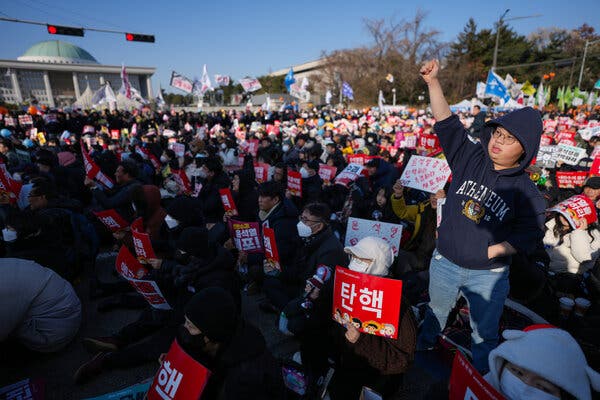Nima Rinji Sherpa’s achievement highlights the role of Sherpas in an activity where they shoulder much of the risk but receive little glory.

Last fall, Nima Rinji Sherpa, then 17, was in Tibet preparing to ascend Mount Shishapangma, the world’s 14th highest mountain. He knew reaching its 26,335-foot, or 8,027-meter, summit would require entering the so-called death zone where organs begin to shut down, minute by minute.
But tragedy struck before he could begin his climb.
Avalanches on the mountain killed two climbers who were each vying to be the first American woman to summit the world’s 14 highest mountains, and the two Sherpas guiding them. Among the dead was Tenjen Lama Sherpa, a decorated mountain guide whom Mr. Sherpa considered a mentor and friend. So he set aside his own record attempt and joined the rescue effort to help other stranded climbers off the mountain.
“We’re still in shock,” Mr. Sherpa, soft-spoken and thoughtful, said in a September Zoom interview from his home in Kathmandu. “He was the strongest guy I knew.”
Mr. Sherpa, 18, recently returned to Mount Shishapangma carrying the memory of his mentor. On Wednesday, he reached the summit and became the youngest person to scale the “8,000ers,” the 14 mountains over 8,000 meters tall.
His climbs were confirmed on Thursday by Rakesh Gurung, the head of the mountaineering division of Nepal’s Department of Tourism. The previous record-holder, Mingma Gyabu Sherpa, finished climbing them in 2019 at the age of 30, according to Guinness World Records. Certifying a record can take days or even months, the organization says on its website.
Ahead of the latest climb, Mr. Sherpa said that he hoped his achievement would elevate the role of Nepal’s ethnic Sherpas in a high-stakes activity where they shoulder much of the risk but often receive a fraction of the glory.



